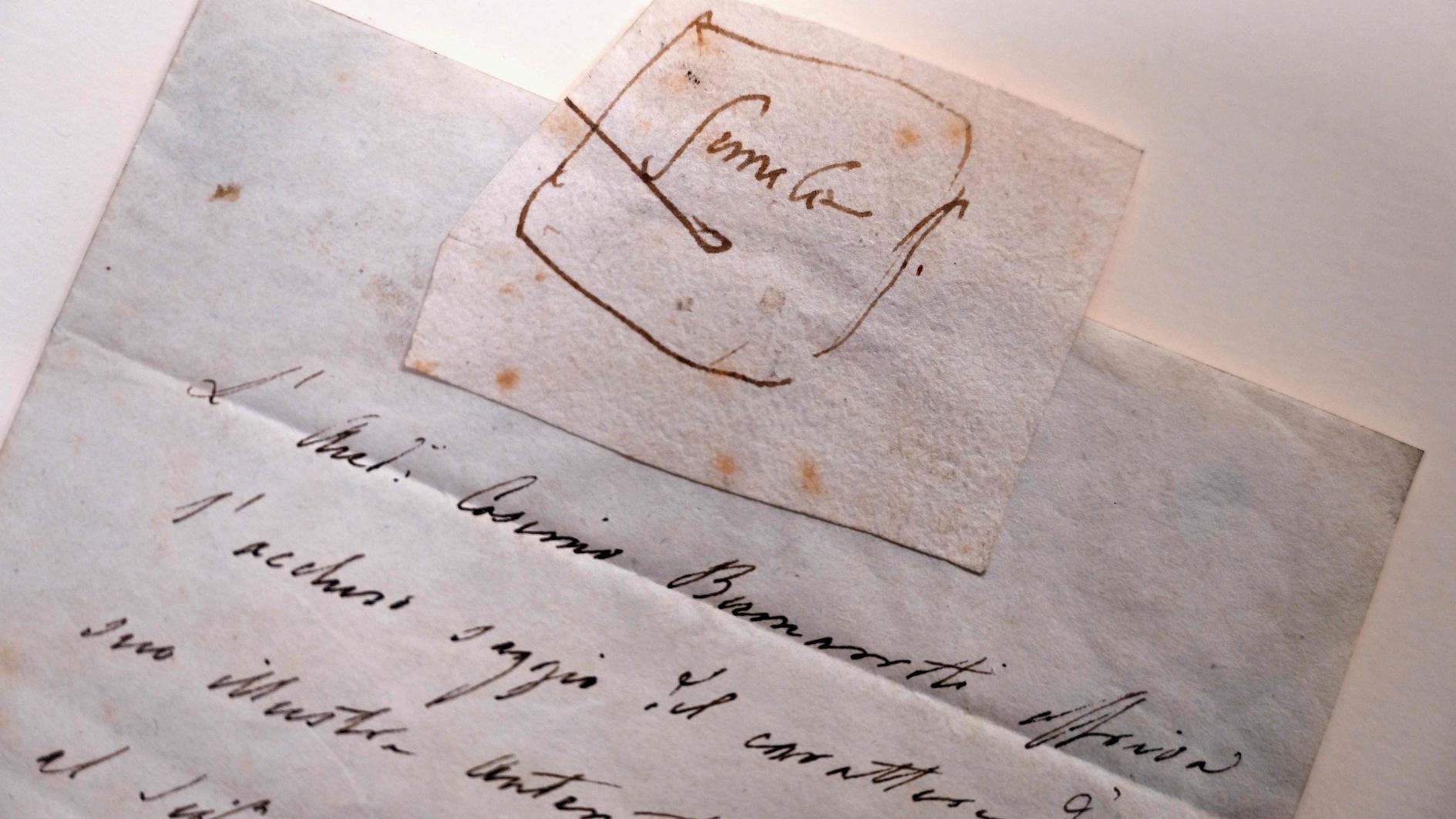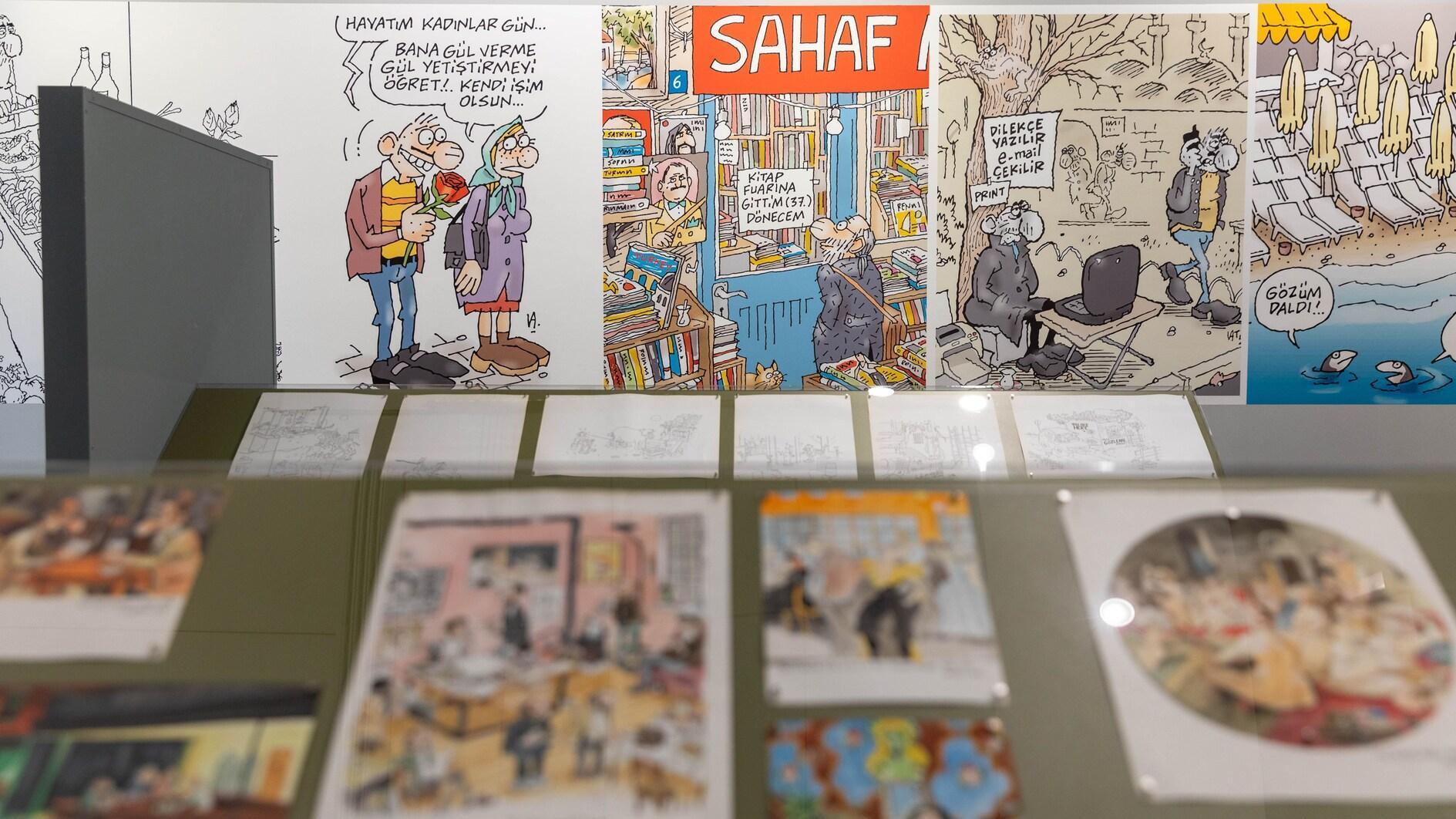High tables, low tables...
AYLİN ÖNEY TAN - aylin.tan@hdn.com.tr

DHA Photo
The first fast-breaking iftar dinner of Ramadan was a bit awkward around Taksim area last Tuesday.Along İstiklal Avenue, there was a trail of a feast at ground level, where people squatted right on the street pavement to share food on tablecloths laid directly on the street. It was strangely convivial, joyous and modest, just as a Ramadan iftar ought to be.
This single, long table was set on the ground along the pedestrian İstiklal Avenue. The Anti-Capitalist Muslims and the Revolutionary Muslims were at the core of the organizers with the help of all other Gezi protesters. With more and more people joining this unusual iftar feast, the long, low table stretched for almost half a kilometer from Galatasaray High School toward Taksim square.
At the end of the street, in Taksim Square, there was another festive occasion. The usual Ramadan iftar tables set out in tents went al fresco this time, as if to proudly demonstrate the generosity of the local municipality of Beyoğlu, hosting another iftar dinner free for citizens. White plastic tables with white tablecloths were festively decorated with huge strips of red satiny textile. It surely added a touch of “quality” akin to high royal tables to the plastic picnic setting. The table settings were the colors of the Turkish flag, but that gave the overall effect of a giant cheap wedding-gown with the ubiquitous red ribbon belt of village weddings. The atmosphere was more of a wedding reception rather than a religious feast, but the attendees seemed not to care, happy to have their free dinner boxes provided by sponsors. The boxes containing three dishes were hastily consumed by the fast-breaking public and the “wedding” venue abandoned quickly, whereas the protesters’ feast continued to be enjoyed along İstiklal Avenue for a long time despite police warnings and threats of water cannon.
The low table of the protesters was totally in line with the original meaning of the “sofra,” the word for “table” in Turkish. Sofra initially did not refer to furniture but to the leather or cloth mat laid on the ground to put food and dishes on.
The word sofra comes from the Arabic word, sefer which means travel, tour or campaign. Süfre, deriving from the same root “sfr,” was the traveler’s provision. The food of the travelers came to be used for the cloth or mat on which it was served, and eventually for the first low tables set in Topkapı Palace to serve food. Until the times of Süleyman the Magnificent, the palace pupils used to eat their food from the so-called sofra, a round leather mat placed on the ground. It was at the times of his highness when slightly higher tables were introduced, namely the sini. Huge circular trays set on foldable wooden stands became the higher means of eating within royal circles. Even within these higher royal sofras, the food was still eaten from communal dishes, with the only cutlery being individual spoons. The communal dishes were a part of Islamic doctrine of sharing and equality. Tables and chairs, as well as forks and knives, never made their appearance in Topkapı Palace, all becoming features of high-dining only toward the last century of the Ottoman Empire.
The contrasting low and high iftar tables, set almost a hundred meters apart, demonstrated two world-apart approaches to the fast-breaking feast of holy Ramadan. The Taksim Square high tables with distributed picnic boxes bore a visible sense of estrangement, whereas the shared food brought to low tables by protesters boasted an atmosphere of conviviality. The low table of İstiklal was surely a single united one, a genuine “yer sofrası,” completely true to the origins of the word sofra, and loyal to the Ramadan spirit of sharing.
Bite of the week
Fork of the Week: Ramadan means pide and pastırma for me! Who can resist a fresh piping-hot pide just out of the oven, tucked with paper-thin slivers of pinky pastırma? As long as it’s fresh, all are good, but a favorite pide comes from Çengölköy Fırını. Have your pastırma ready from Namlı at Karaköy or Eminönü branches (not the pre-packaged ones), or from my beloved Cankurtaran at Spice Bazaar; just be sure to ask for kuş gömü, made from the best choice-cut, which is usually kept under the counter for connoisseurs.
Cork of the Week: Who can dare to suggest a “cork” for a Ramadan feast? Well the Ottoman culinary culture developed an array of sherbets to accompany dishes, both cleansing the palate and quenching the thirst. Of course there was always the slightly fermented grape drink “şıra,” cleverly disguising traces of alcohol under the sherbety flavors. For the best bottled, try the Hasbahçe Osmanlı Şırası by Dimes, Turkey’s foremost juice producer, also owning the praised winery Diren (not to be confused with #diren)! Though it does not contain any alcohol, it has winey aromas without the booze, being made of good quality grape and apples, just fit for a feast in Ramadan. If you can go to Kadıköy, the fresh mulberry cask fermented şıra of İskender Kebapçısı near the Kadıköy Post Office is by far the best in town; the same şıra tastes even better at the original venue in Bursa, maybe because it feels more authentic. I prefer to buy it by the liter and ferment it for a further couple of days to achieve a more tarty flavor (and of course for other obvious reasons!).
Recipe of the Week: Ramadan stands for abstaining, but also for indulgence. After the strict fasting for the day, the evenings are usually for excess feasting. Much of the food is unfortunately wasted, contradicting thoroughly with the spirit of Ramadan. The food wasted most is pide, usually considered stale just a few hours after it comes out of the oven. With all the leftover bits of pide, make yourself a good “Tirit,” the favorite dish of the Prophet. Break stale pide into bite size chunks. Slightly toast them in oven or on a griddle. Put the pieces in a soup tureen and pour over the best chicken or meat stock you can make. Sprinkle with chopped fresh coriander or flat-leaf parsley, and some chopped chives or spring onions. For some extravagance, you can add a poached egg.
















